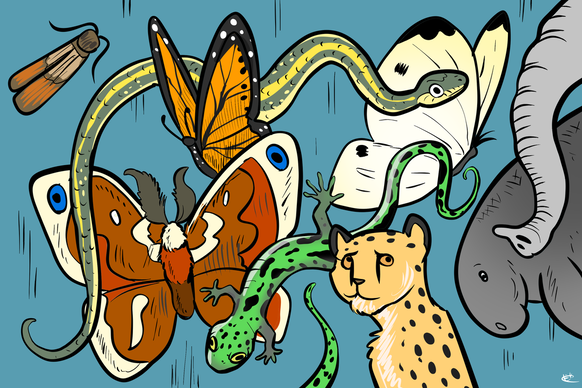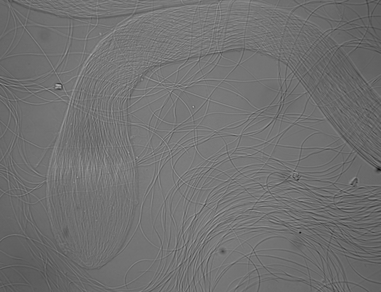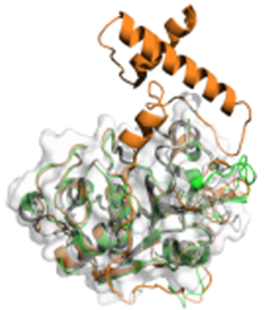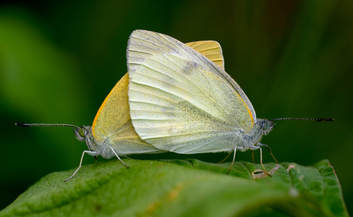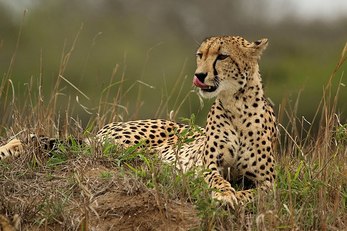Research Projects
Dimorphic Sperm Development and Evolution
|
In most Lepidopteran species, males produce two distinct types of sperm: nucleated fertilizing sperm (eupyrene), and anucleated non-fertilizing sperm (apyrene). The function behind sperm that is incapable of fertilizing a female's eggs is still unknown. Through my post-doctoral research, I am investigating how the two morphs of sperm differ in their development and how various evolutionary pressures can lead to physiological and competitive properties of a male's sperm based on phenotypes surrounding the two sperm types. For this, I am using a variety of systems from the Monarch Butterfly, to Indian Meal Moths, to the Domesticated Silk Moth.
|
Female Reproductive Biochemistry
|
Female reproductive traits have been historically understudied, partially due to the difficulty posed by reproductive events and interactions taking place inside of the female. I am working to bridge this gap in knowledge on the female end in butterflies, where females possess a specialized reproductive organ which accepts and digests the male ejaculate. My work has demonstrated that in the Cabbage White butterfly this organ contains a potent mix of proteases that vary with female life history. In my ongoing research, I am working to classify the mode of action for these proteases and determine function during the reproductive process.
|
Structural Complexity of Male Ejaculates
|
Ejaculate proteins exhibit multiple functions and act primarily to increase the fitness of the male, even at the detriment to the female. In many species, ejaculates have been treated as a homogeneous mixture, though rising evidence supports specialized regions within the ejaculate and suggest that various, and potentially competing, selective pressures could act upon this structural variation. Using proteomic analyses, I have worked to identify regional variation and compositions in ejaculates across a wide breadth of taxa, including several butterfly species, snakes, and manatees.
|
|
Co-Evolution Between Male and Female Reproductive Traits
|
While reproductive traits are some of the most rapidly evolving and are directly tied to fitness, research into the interaction between male and female proteins has been severely limited, especially in relation to their co-evolution across lineages. In the Cabbage White butterfly, there are two subspecies which have only been isolate for 5,000 yet already show indications of reproductive divergence. My work has sought to investigate this divergence at genomic and expression level variation.
|
Consequences for Captive Cheetah Inbreeding
|
During the last global ice age, the cheetah underwent an extreme bottleneck, leading current-day cheetahs with minimal genetic variation. This is further compounded in captive breeding programs, which only capture a subset of the global variation. I have been exploring how both inbreeding and husbandry practices have affected infant mortality rate over time globally, and the implications for the future of cheetah conservation.
|
